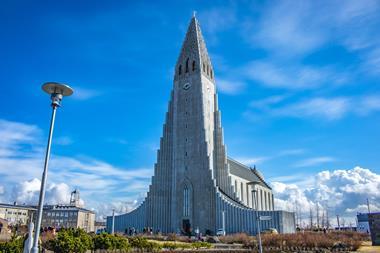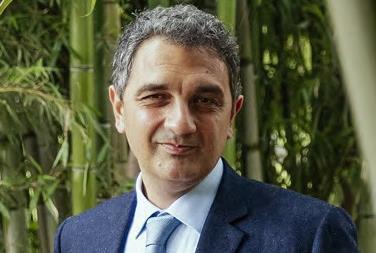Iceland’s pension assets hit a new high at the end of last year – growth that is even more dramatic in relative terms, with pensions now worth twice the Nordic country’s annual gross domestic product (GDP), according to new official figures.
The Icelandic FSA reported on Monday that pension savings amounted to ISK6.05trn (€39.6bn) on 31 December 2020, which is up from ISK5.18trn a year before.
The FSA, which is part of the country’s central bank, said: “Icelanders’ pension savings increased by ISK773bn in 2020, despite difficulties and uncertainty in the financial markets due to the COVID-19 pandemic.
“At the end of the year, the provisional figures for the total assets of the pension savings showed just over ISK6.0trn, which is equivalent to double the national product (GDP) in 2020,” the authority said.
At the end of 2019, pension assets amounted to 170% of GDP.
Though a small country, Iceland’s pension system has long been among the world’s wealthiest when ranked in relation to domestic GDP.
One of the main factors behind the 2020 relative rise in pension savings is that Iceland’s GDP contracted in 2020 by 6.6% in real terms, having suffered a 5.1% decline in real terms in the fourth quarter.
Statistics Iceland said last week in its annual GDP announcement that the contraction of the economy was largely due to the effects of the coronavirus pandemic, especially in export tourism, which contracted by 74.4% during the year.
Within the FSA’s overall figure for pension assets at the end of 2020, it said the assets of mutual insurance divisions of pension funds amounted to ISK5.12trn and personal pension savings managed by the fund amounted to ISK595bn.
Assets with domestic custodians of personal pension savings amounted to ISK247bn, it said.
“The main changes in asset classes during the year are that assets in foreign currencies increased by ISK426bn, or about 25%, which is just over half the increase in pension savings during the year,” the FSA said.
The proportion of foreign currencies in portfolio insurance and private assets was approximately 35%, or about ISK2.10trn. at the end of 2020, it said.
Among other changes in pension providers’ asset allocations during the year, the FSA reported that covered bond weightings had increased considerably, along with equities and corporate bonds, but that fund member loans had decreased.
The latter change was mainly because of the large repayments that had been made during the year, the supervisory authority said.
The FSA said the increase in personal pension assets had slowed somewhat in 2020, due to increased authorisations for withdrawals during the year.
Withdrawals from third-pillar pension savings were authorised by Iceland’s parliament from April 2020 until January 2021, with certain restrictions, as a pandemic crisis measure.










